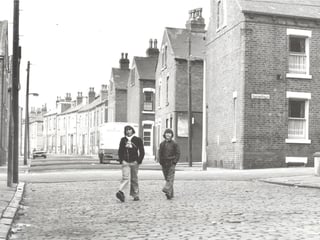How a New Year tragedy in Leeds sparked modern fire safety campaigns


Your Yorkshire Evening Post had only been on the streets of Leeds for four months when it recorded a disaster on its doorstep.
Freezing fog and snow shrouded the city on New Year's Day 1891 which saw 11 young schoolgirls burned to death in St John's Church schoolrooms on Oldfield Lane in Upper Wortley.
Advertisement
Hide AdAdvertisement
Hide AdThey were Emily Lister, 12, Harriet Riley, 11, Ada Whitteron, 11, Maggie Kitchen, 12, Emily Sanderson, nine, Elizabeth Tingle, 12, Ethel Fieldhouse, 13, Clarissa Roberts, 11, Florrie Elwell Brookes, nine, Caroline Eveline Stee, nine and Julia Florence Anderson, nine.
Each had all been dressed as snowflakes, in highly flammable cotton-wool for a festive performance of Snowflakes, and each carried a small Chinese lamp, which was lit by a candle.
When the girls’ lamps set fire to their dresses, they quickly went up in flames and were ‘very severely burned.’
Members of the audience, which included relatives and friends, tried desperately to put the flames out but were unable to save most of the girls.
Advertisement
Hide AdAdvertisement
Hide AdDespite the best efforts of the emergency services - the chief superintendent of the Leeds Fire Brigade transported four of the children to the Leeds Infirmary on his fire engine - they later died.
When the jury returned a verdict of death by accident, they also censured the organisers for dressing the children in ‘a most dangerous material’, particularly so soon after a similar incident in the US, where four girls had met similar gruesome fates over the Christmas holidays.
Lessons about public safety would be learned from such a tragedy.
